
After talking to Alayna Siemonsma, Section 504/Dyslexia Services Coordinator for Montgomery ISD, about the district’s success using SIPPS as a dyslexia intervention, we had the opportunity to speak with other MISD educators. In this blog, Dyslexia Interventionists and teachers Kim Mares, Tanya Scheler, Hadra Garraty, Sara Hamblin, and Melissa Logeman speak about the increased student engagement and transferring of skills they have observed in their classrooms since they began using SIPPS.
Thank you so much for speaking with us! Please tell us a little about yourselves: your names, roles at Montgomery ISD, the students you serve, and how long you have been teaching SIPPS?
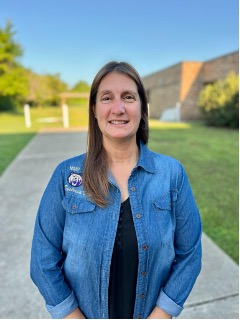
Melissa Logeman: I’m Melissa Logeman. I serve as a Dyslexia Interventionist for students in grades 2–5, using SIPPS Extension, Plus, and Challenge levels. I’ve taught SIPPS for 6 years.
Sara Hamblin: My name is Sara Hamblin and I’m a Dyslexia Interventionist serving students in grades 6–8. I currently teach SIPPS Challenge Level, but I have had groups for the past two years doing both SIPPS Plus and Challenge.
Kim Mares: I’m Kim Mares and my official role/title at MISD is Dyslexia Interventionist. (I love saying that!) I teach students in first through fifth grade. I’ve used SIPPS for three years now. I have taught all levels of the program: Beginning, Extension, Plus, and Challenge.
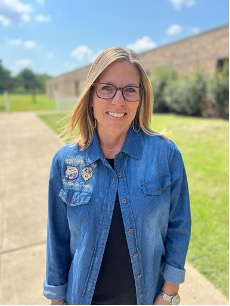
Hadra Garraty: My name is Hadra Garraty, and I’m a Special Education Teacher for grades 2–5. I’ve been using SIPPS for one year and have taught all levels of the program.
Tanya Scheler: I’m Tanya Scheler, a Dyslexia Interventionist at MISD. I teach students in grades 2–5. Right now I’m teaching SIPPS Extension level and this is my second year using the program.
Thank you so much for speaking with us! What do you appreciate about SIPPS?
Kim Mares: I love that I get to use a research-based explicit and systematic program to support my struggling readers and writers. I can be consistent and confident that I am teaching all of the important foundational phonics skills that my students can build their reading on.
I am able to see the transferring of their skills when they read the decodable text. They feel so successful when they can actually read the stories by themselves.
Tanya Scheler: The SIPPS teacher’s manual is thorough and informative so that educators don’t need extensive preparation to teach the program.
SIPPS instruction hits the high points without getting overly detailed, which is helpful for students who need the most important points and struggle with too many details.
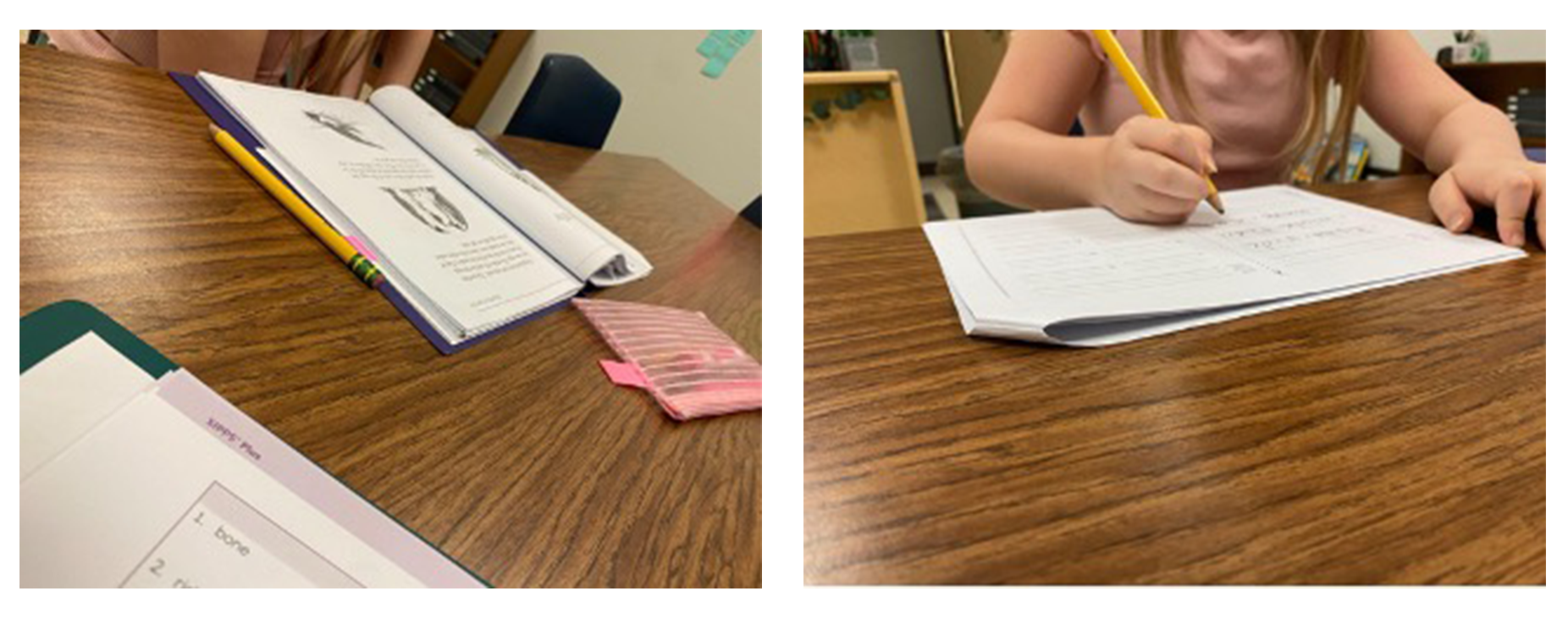
Hadra Garraty: I appreciate that SIPPS is scripted: it gives you the dialogue to use when giving a lesson. The online Learning Portal makes it easy to print needed materials for each lesson.
Melissa Logeman: I appreciate the routines and structures located throughout the SIPPS lessons. The predictability they provide is greatly beneficial to our students as it helps them feel more at ease and engaged during their learning.
I also appreciate how the language used in the lessons is clear and concise. This helps the students take charge of their own learning while I support and facilitate their educational journey.
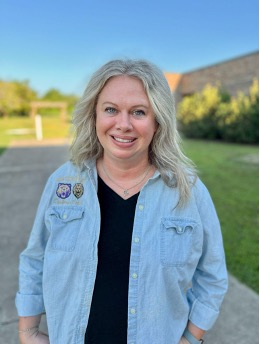
My favorite piece is when the students practice their fluency so they can see their learning come full circle.
Sara Hamblin: I like the consistent routines and how phrases/words are repeated so students are familiar with them and feel comfortable.
What have you noticed about your students’ learning and engagement?
Kim: Because they are successful in their reading and spelling, students are more willing to take risks in the classroom.
Because they are successful in their reading and spelling, students are more willing to take risks in the classroom.
Their confidence grows because they are finally reading like their peers.
Tanya: Students are engaged and see success in each lesson component. This helps build their confidence in a very short time.
The extensive review and repetition encourages recall of new information which leads to more student success and motivation to continue learning and being engaged.
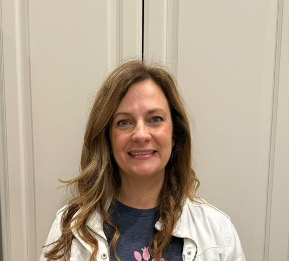
Hadra: My SIPPS Beginning Level students have made huge strides with their decoding skills. My second graders absolutely love the decodable book selection. That is their favorite time of the lesson when they are able to read those books.
It is very exciting to see my SIPPS Challenge Level student learning the rules for sight syllables and transferring that knowledge to their spelling skills. They are getting better at decoding multisyllabic words as a result of the sight syllables.
Melissa: By introducing only a few high-frequency words with each lesson and reinforcing them regularly through our review deck, our students are excelling in retaining these words, which is clearly benefiting their reading abilities. It’s heartwarming to see their excitement when they come across a sight word that we’ve recently covered.
I have noticed that the SIPPS routines are efficient, leading to great engagement from our students. They actively participate, ask questions, and engage with one another, fostering a supportive and interactive learning environment.
I have noticed that the SIPPS routines are efficient, leading to great engagement from our students. They actively participate, ask questions, and engage with one another, fostering a supportive and interactive learning environment.
Witnessing their growing confidence and enthusiasm for each new story is rewarding.
Sara: Students are engaged! I feel this is mainly because each section of the lesson is quick. They don’t have time to get bored or off-task.
How has SIPPS Professional Learning supported the efforts of teachers?
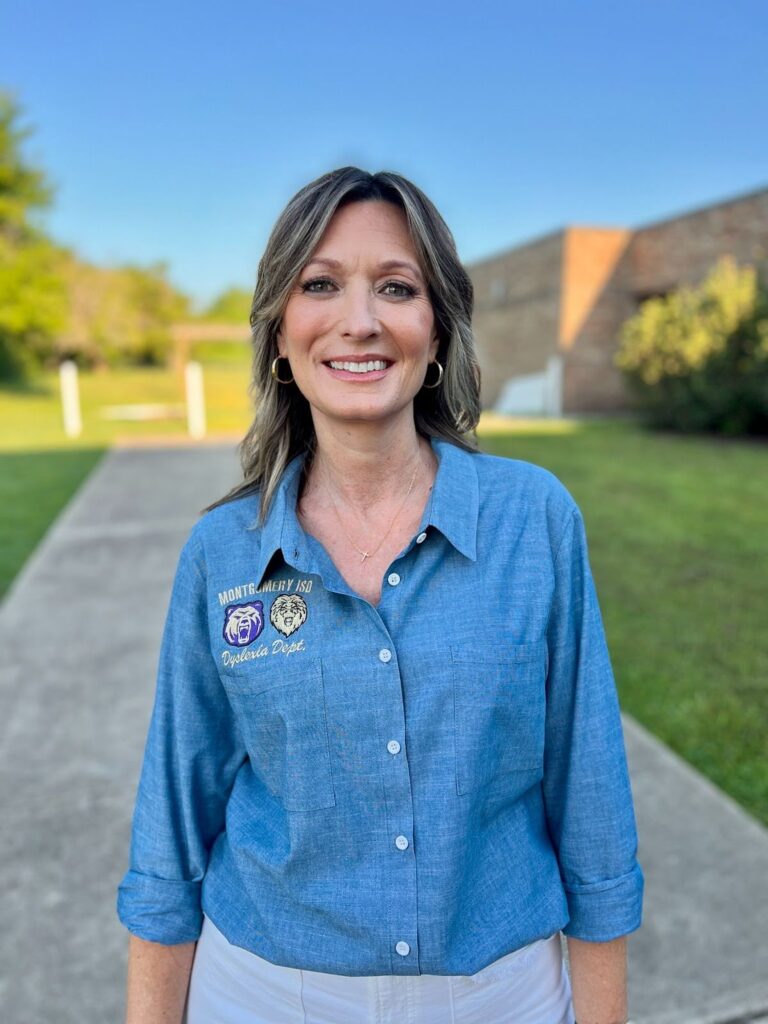
Kim: Alayna Siemonsma [the MISD Section 504/Dyslexia Services Coordinator] has always been there when I have had questions (and I have had many). Our Professional Learning Lead from Collaborative Classroom, Emily Pedersen, was very helpful when we were training. Melissa Logeman served as our Trainer of Teachers last year, and she has made herself available for help when needed. We have a great teacher support team.
I love that the SIPPS teacher’s manual has QR codes that take me to videos showing exactly how to teach each new part of the instruction. As a Dyslexia Interventionist, I have also found the Collaborative Classroom website and Learning Portal very valuable when I have had questions.
Tanya: The Learning Portal is a treasure full of all you need to know about the SIPPS program! From lesson components, progress and mastery monitoring, guidance for providing constructive feedback to students, frequently asked questions, and much more.
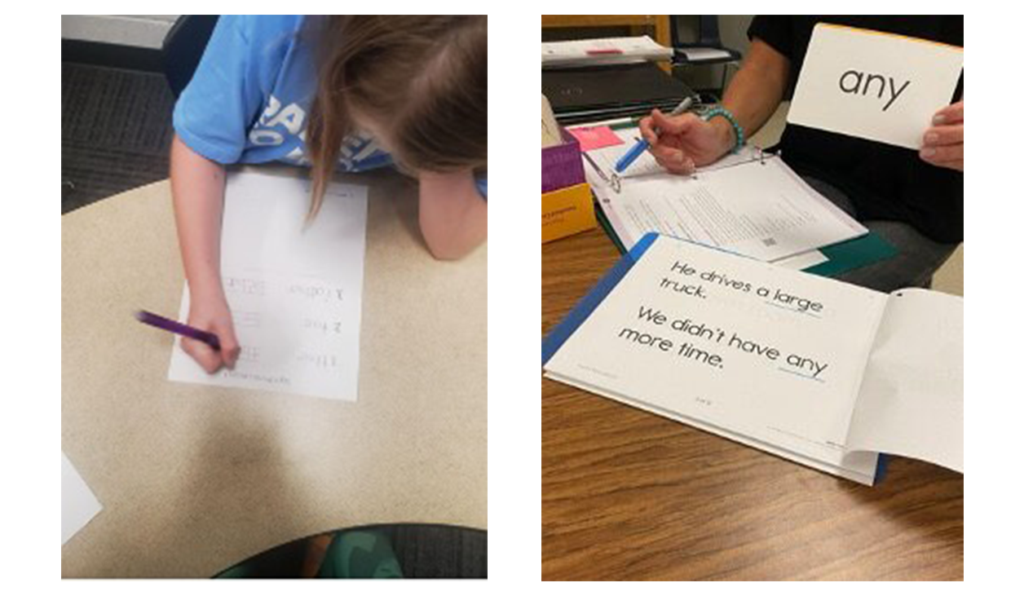
Having access to this information so readily allows for less teacher preparation and planning while providing teachers the resources and confidence to provide a research-based program to students.
Hadra: I have enjoyed going to our monthly meetings for supporting teacher learning. It has been really useful coming together every month to share the good things that happen in our groups.
As our Trainer of Teachers and a Dyslexia Interventionist, Melissa is able to help us with the vast majority of our questions, and if she doesn’t have an answer, she works with Emily Pedersen to get it!
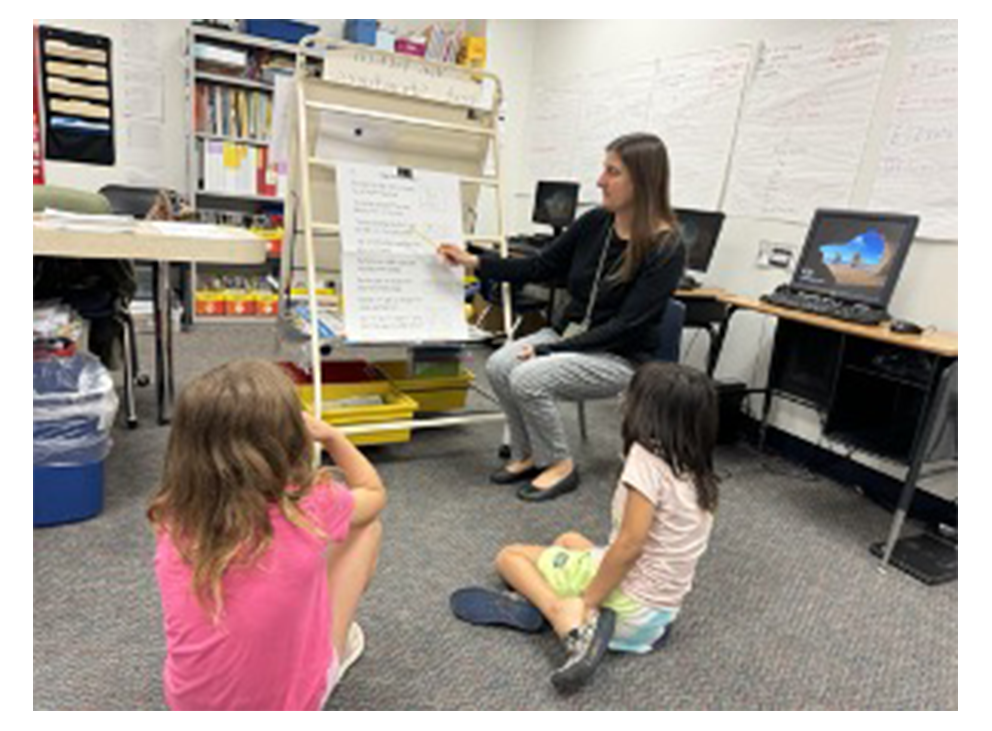
Melissa: The support and resources provided in SIPPS is beneficial. I always feel connected to someone from Collaborative Classroom through a coach, online support chat, or the plethora of information available at my fingertips on the Learning Portal. The videos of various lessons have been particularly helpful in ensuring I am providing proper routines.
I always feel connected to someone from Collaborative Classroom through a coach, online support chat, or the plethora of information available at my fingertips on the Learning Portal.
I also love how everything is digital and that I can easily print the student consumables. These supports help me be more effective.
Sara: I have learned so much from our follow-up sessions and online training from Collaborative Classroom through the years. It is very helpful.
Related Reading
Using SIPPS for Dyslexia Intervention: An Interview with Montgomery ISD
